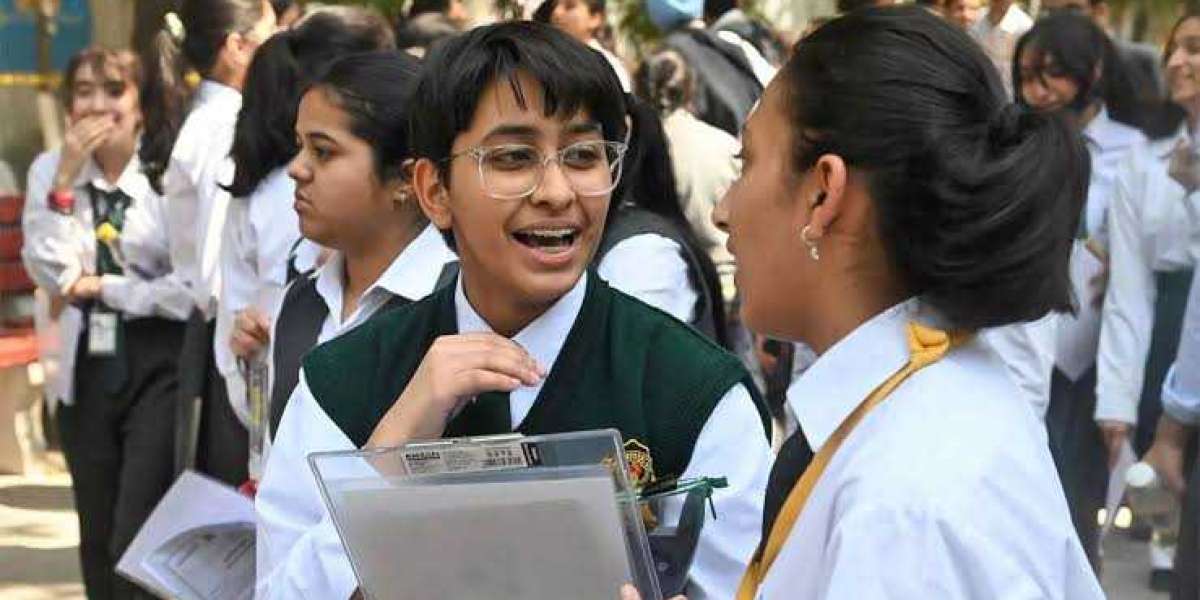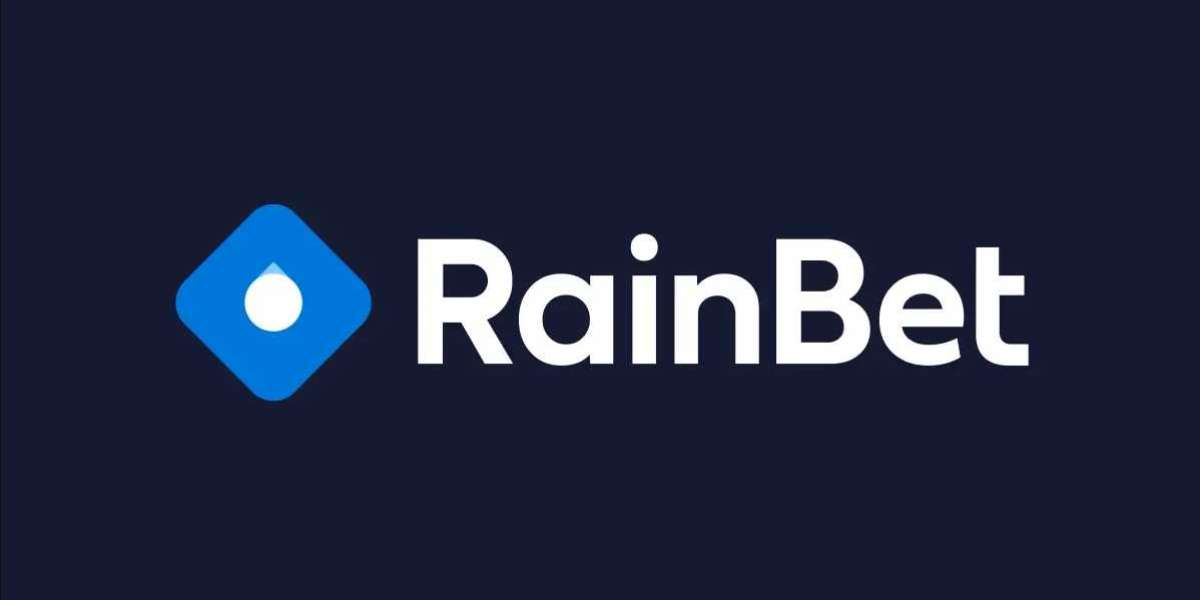West Bengal, a state rich in cultural heritage and intellectual prowess, boasts a diverse and robust education system. Spanning from primary education to higher studies, the state's educational framework has evolved significantly over the years. This article delves into the structure, achievements, challenges, and future prospects of the education system in West Bengal.
Historical Context
West Bengal has a storied history in education, dating back to the times of the British Raj when institutions like the University of Calcutta (established in 1857) became centers of learning and intellectual activity. The state has produced numerous luminaries, including Nobel laureates like Rabindranath Tagore and Amartya Sen, emphasizing its longstanding commitment to education.
Structure of the Education System
1. Primary Education:
Primary education in West Bengal is managed by the West Bengal Board of Primary Education. The system follows a structured curriculum designed to provide foundational knowledge and skills. Primary schools are widely accessible, even in rural areas, ensuring early education for children from all socioeconomic backgrounds.
2. Secondary Education:
Secondary education is governed by the West Bengal Board of Secondary Education (WBBSE). Students undergo a comprehensive curriculum culminating in the Madhyamik examination (Class 10). The curriculum includes subjects such as languages, mathematics, science, social science, and physical education.
3. Higher Secondary Education:
Post-Madhyamik, students transition to higher secondary education managed by the West Bengal Council of Higher Secondary Education (WBCHSE). This stage, encompassing Classes 11 and 12, offers various streams like Science, Commerce, and Arts, allowing students to specialize according to their interests and career aspirations. The final assessment is the Higher Secondary (HS) examination.
4. Higher Education:
West Bengal is home to several prestigious universities and colleges, including the University of Calcutta, Jadavpur University, Presidency University, and Visva-Bharati University. These institutions offer a wide range of undergraduate, postgraduate, and doctoral programs across disciplines. Additionally, technical education is overseen by the West Bengal State Council of Technical and Vocational Education and Skill Development (WBSCTVESD), which manages polytechnic institutes and industrial training centers.
Achievements and Innovations
West Bengal has made significant strides in improving educational access and quality. Some key achievements include:
Increased Enrollment Rates: Government initiatives have boosted enrollment rates, especially in primary and secondary education, narrowing the gender gap in school attendance.
Midday Meal Scheme: This program has played a crucial role in increasing attendance and reducing dropout rates by providing nutritious meals to students.
Technological Integration: The state has embraced digital learning tools, particularly in higher education, enhancing the teaching-learning process and providing students with access to global educational resources.
Challenges
Despite the progress, West Bengal's education system faces several challenges:
Infrastructure Deficiencies: Many schools, especially in rural areas, lack adequate infrastructure, including classrooms, sanitation facilities, and libraries.
Quality of Education: While enrollment rates are high, the quality of education remains inconsistent. There is a need for continuous teacher training and curriculum updates to meet contemporary educational standards.
Dropout Rates: Despite efforts to curb them, dropout rates, particularly at the secondary level, remain a concern, often driven by socioeconomic factors.
Future Prospects
The future of education in West Bengal looks promising, with various initiatives aimed at addressing existing challenges and furthering educational development:
Infrastructure Development: The state government is investing in building and upgrading school infrastructure, ensuring a conducive learning environment for all students.
Skill Development Programs: Emphasizing vocational training and skill development to prepare students for the job market is a key focus area, aiming to bridge the gap between education and employment.
Inclusive Education: Efforts are being made to provide inclusive education for children with special









Rajesh Karmakar 39 w
Thanks for the information